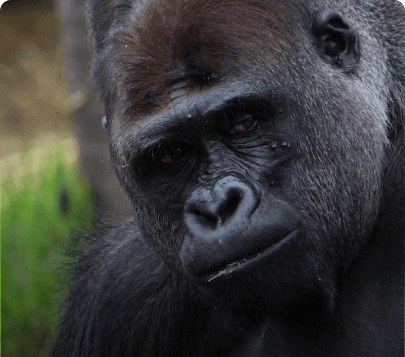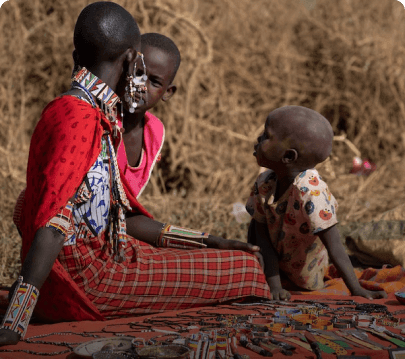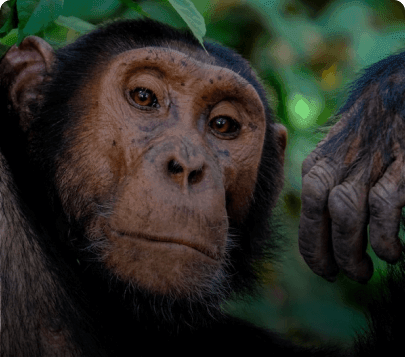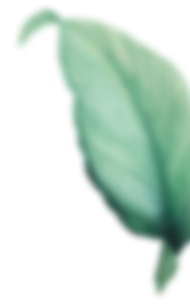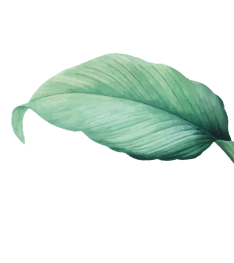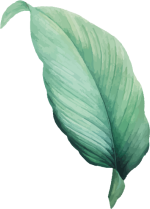
Project Objective
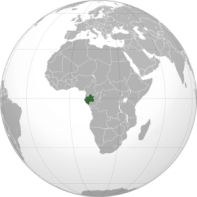
Project Location: Gabon Marine Coastal.
Target Species: Leatherback Turtle (Dermochely coriacea), Green Turtle (Chelonia mydas), Hawksbill Turtle (Eretmochelys imbricata), The Olive Ridley Turtle (Lepidochelys olivacea).
IUCN Red List: Endangered Species
Population to be protected in the project: 41.000
Population Trend: Declining
Habitat: Gabon coast host the largest number of nests of leatherback turtles in the world.
The project's objective is to contribute to the efforts for the conservation and health of sea turtles nesting on the coasts of Gabon through the training of specialized veterinarians, clinical surveillance studies and beach cleaning.
Threats
Emerging Infectious Diseases (EIDs) Related to human footprint
Sea turtle fibropapillomatosis, among other pathogens
Antibiotic Resistance Genes
Turtles are sentinel indicators of environmental health.
Lack of capacity: specified veterinarians
There is a lack of veterinary personnel and capacity to specialize in sea turtle medicine in Gabon. There is a lack of knowledge and materials to clinically or surgically treat endangered species in Gabon. There is a gap in understanding marine turtles’ health status.
Annually in Gabon, dozens of sea turtles require medicinal and surgical treatments for being traumatically injured with fishing hooks, trapped on fishing nets, ingested plastics, and affected by infectious diseases virus infections, among others.
Climate Change
With increasing nest temperatures, scientists predict that more female than male hatchlings will significantly threaten genetic diversity.
Sea levels rise, and stronger storms erode and destroy their beach habitats.
Warming oceans are changing ocean currents, potentially introducing sea turtles to new predators and harming the coral reefs some of them need to survive.
Changes in temperature and nutrition compromise the immune system and may increase infectious diseases and parasite occurrence.
Plastic
Research data shows that 52% of the world’s turtles have eaten plastic waste.
Ingestion of floating plastics by turtles can cause gastric perforation, intoxication, compromise their immersion capabilities and even cause death.
Some species, such as leatherback, are more prone to plastic ingestion due to plastic similarity with their primary food source, jellyfish.
Research in Australia suggests that 70% of dead turtles have plastic on their stomachs.
Globally, hundreds of turtles are found dead or trapped on ghost fishing nets.
Turtle Bycatch
Thousands of adult and baby turtles are bycatch in the industrial trawling fishery globally annually.
Poaching & Turtle Comsumtion
Despite local laws and international regulations, many endangered marine turtles are still consumed by humans in many countries.
Our Actions in the field
There is an urgent need to train sea turtle veterinarians in Gabon. In addition to creating clinical and molecular studies to determine the anthropogenic impact on the health of sea turtles. These three aspects are currently non-existent throughout the country. At the same time, beach cleaning, where the currents carry tons of plastic and waste.
01
Veterinary Capacity building on sea turtle medicine
02
Clinical and molecular studies in turtle health and sea water pollution.
03
Beach cleaning
Future impact

Marine Turtle Health
Knowledge of the health status and sex ratio of the turtle population. Data essential for reporting and risk prevention measures. Clinical and surgical treatments in case of disease, trauma or plastic intake.

Marine Turtle Conservation
Conservation through reducing turtle deaths due to the ingestion of plastics, sanitary actions and increased spawning areas due to beach cleaning.

Sustainable economy & Ecosystem protection
Job creation in beach cleanups, clinical and scientific work with turtles. Increase of eco-tourism in the area.

Gender equality
Job creation and education for women in the community and researchers.

Capacity building
Specialised veterinary and first aid training and medical equipment for conserving sea turtles.

Global Health
Cleaning of plastic beaches and reduction of microplastics.
Wildlife Conservation is Now or never.
What is the context of this project?
The largest migration of leatherback turtles arrives on the coasts of Gabon each year. The estimated population is 100,000 nests per season and about 41,000 females.
In addition to the leatherback turtle, three other species of turtles, the green, the hawksbill and the olive ridley, come to lay their eggs on these beaches.
The loggerhead turtle (Caretta caretta) uses the currents near the coasts as a migratory corridor.
Currently, successful monitoring efforts cover 900 km of the country’s coastline, with 80% of eggs in protected areas. Most nests are in Pongara Park, Mayumba Park, Gamba Protected Area Complex and Port Gentil.
The tracking type is based on day and night tracking. Between October and April, technicians permanently collect data in the field.


